Storm Restoration Timing and Planning
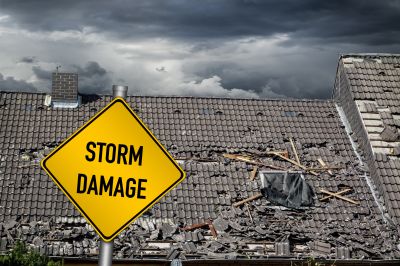
Assessing damage immediately after a storm ensures timely repairs and prevents further issues.
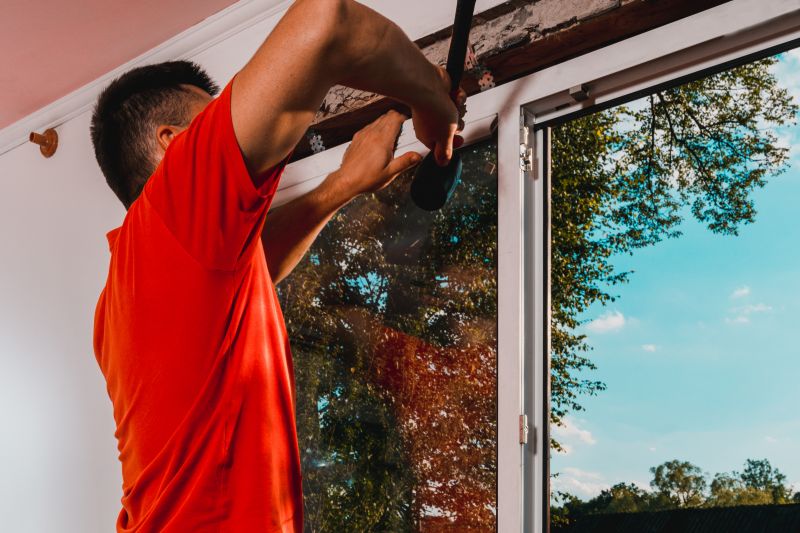
Performing restorations during calmer weather conditions reduces risks and improves work quality.
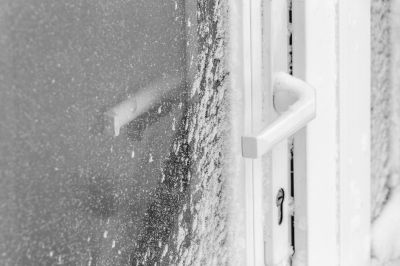
While repairs can be done during storms, safety considerations and access may be limited.
Storm restorations are critical for maintaining the integrity of structures affected by severe weather events. They involve repairing or replacing damaged roofing, siding, windows, and other exterior components. Timely restoration minimizes the risk of secondary damage, such as water intrusion or structural weakening. Properly scheduled restoration efforts can also help in managing costs and ensuring safety during adverse weather conditions.
Restorations are most effective when performed in dry, mild weather conditions, typically outside of storm seasons.
Heavy rain, wind, and storms can delay restoration work and compromise safety and quality.
Prompt assessment after a storm enables faster response and reduces long-term repair costs.
Pre-storm inspections and minor repairs can help mitigate damage during severe weather events.
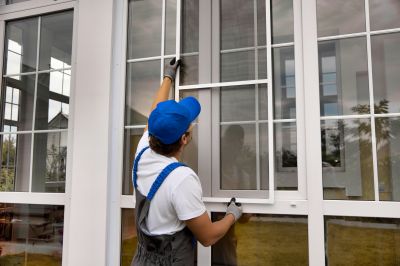
Restoration specialists repair roof shingles, siding, and windows damaged by storms.
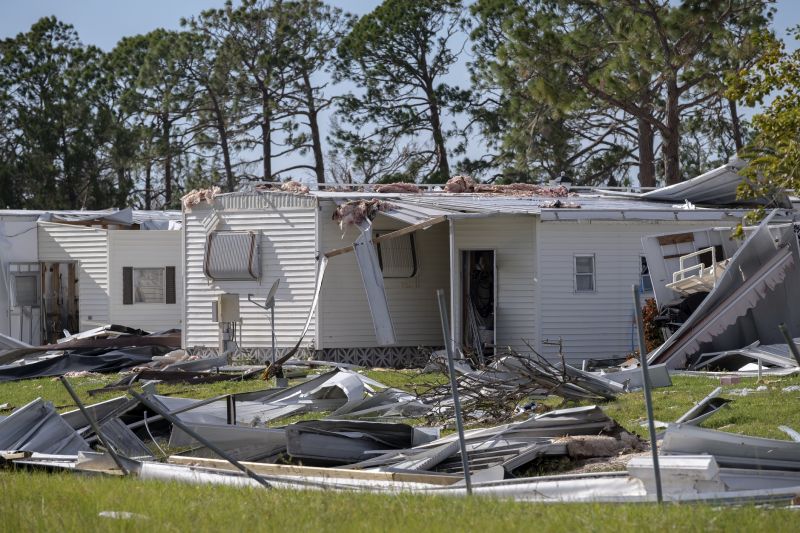
Rapid response teams address urgent storm damage to prevent further deterioration.
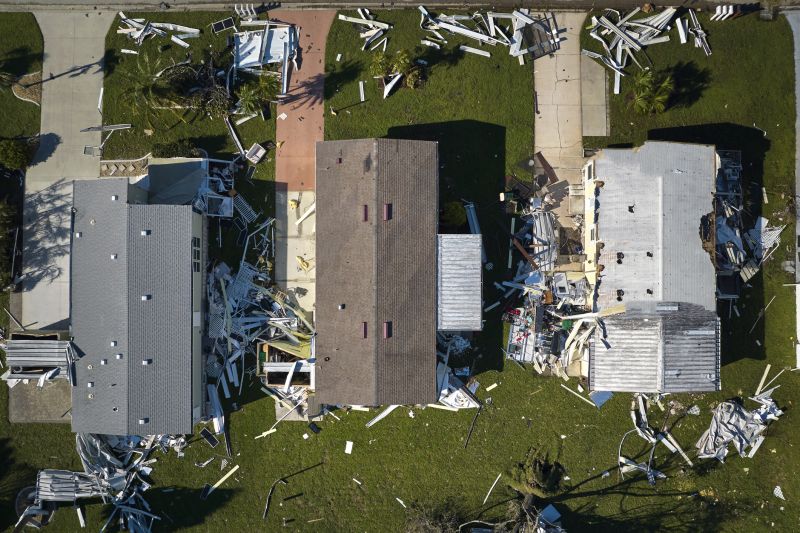
Guidance is available for navigating insurance processes after storm-related damage.
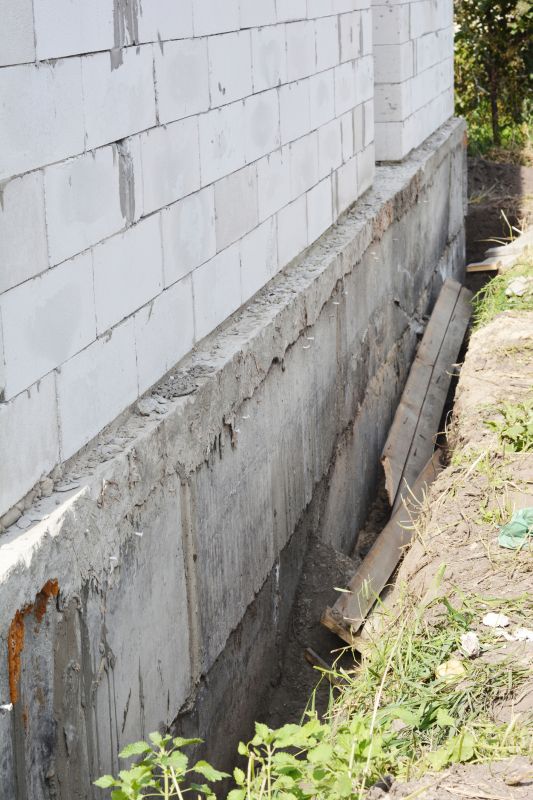
Restorations may include reinforcing structures to withstand future storms.
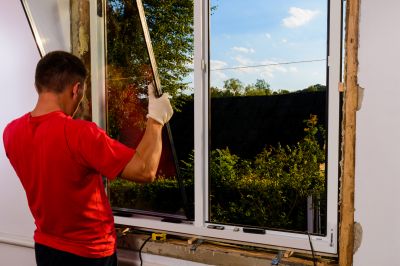
Using durable, weather-resistant materials enhances long-term resilience.
| Season | Advantages |
|---|---|
| Spring | Ideal for preparing before storm season begins. |
| Summer | Suitable for quick repairs during dry weather. |
| Fall | Good time for thorough inspections and minor fixes. |
| Winter | Limited restoration work due to weather constraints. |
| Post-Storm | Critical for damage assessment and immediate repairs. |
Understanding the optimal timing for storm restorations can lead to more effective and safer repair processes. Planning around weather patterns, avoiding peak storm seasons, and conducting inspections during calmer periods help ensure that restoration efforts are successful. Proper scheduling minimizes disruptions and enhances the durability of repairs.

Visual inspections identify areas needing immediate attention after storms.

Scheduling roof repairs during dry months ensures better adhesion and durability.
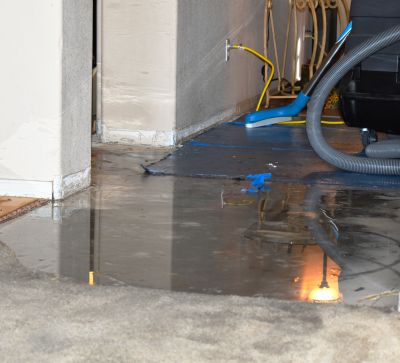
Pre-storm maintenance reduces potential damage and speeds up restoration if needed.

Timely repairs prevent secondary issues and extend the lifespan of structures.
Those interested in storm restorations are encouraged to contact for more information. Proper planning and timely action can mitigate damage and support long-term structural integrity.


